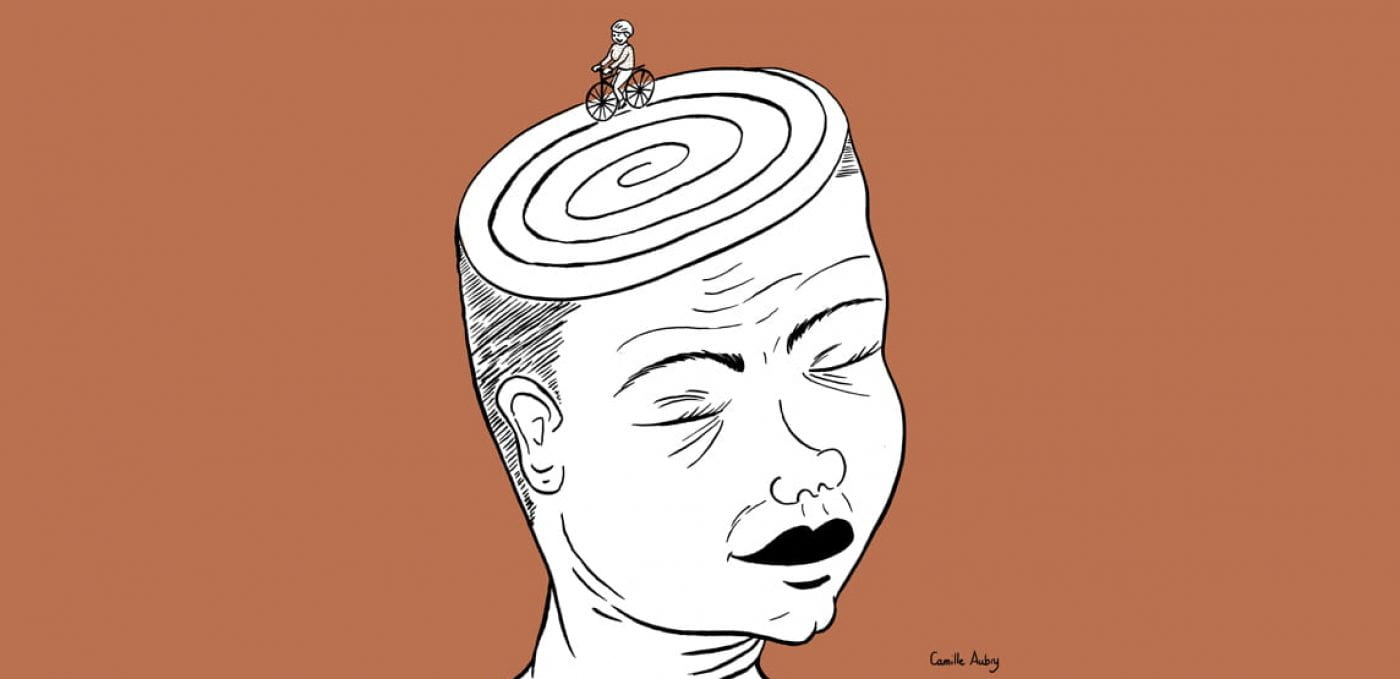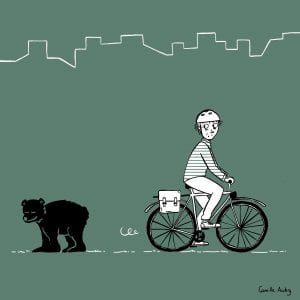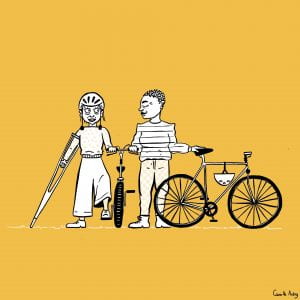For many urbanites, the pandemic revealed how accessible – or inaccessible – many urban spaces can be. But different national responses to the pandemic led to radically different experiences of access to active leisure and the outdoors
In 2021, we ran a project under the Brigstow Institute Collaborative Fellowship scheme, that explored the experiences of Bristol and its twin city Bordeaux through the eyes of community organisations who promote running, walking or cycling and individuals who tried to stay active throughout the pandemic and different forms of lockdown.
The team of researchers wondered: how people experienced the decline in road traffic and air pollution in both cities; how urban spaces were re-purposed through leisure activities and what benefits this brought people; how community organisations advocating for greater access to active leisure were impacted by restrictions; and what the legacy of the pandemic might be for active leisure in both cities.
In collaboration with Knowle West Media Centre, our team asked:
- How have people experienced access to the cities’ streets, thoroughfares, and green spaces during the pandemic?
- What were the benefits for their mental and physical wellbeing?
- What’s different between Bristol and Bordeaux? What commonalities are there? And how were different forms of lockdown experienced?
- What lessons have been learned and what needs to change in a post-pandemic world?
Dr Melanie Chalder and Dr Polly Gallis interviewed runners, cyclists and walkers from both cities alongside those advocating for active leisure. Through these interviews, they were able to capture personal reflections on the leisure experience in pandemic-stricken cities.
The result is a collection of four fifteen-minute podcasts, produced in partnership with Knowle West Media Centre, incorporating voices and perspectives from Bristol and Bordeaux during and after periods of lockdown. These podcasts are in English and French and are currently available with English subtitles on our YouTube channel.
You can skip to the project’s playlist here.
Alternatively, select an episode from the menu below:
Our first podcast, Ways and Means, we start by discussing the immediate impact of the first national lockdowns in March 2020.
Podcast 2, Space and Place, explores the contrasting experiences of lockdown, what this meant in terms of the types of exercise permitted, where people could exercise and how far from home.
The third episode, Healthy and Happy Communities?, explores the impact lockdowns in Bristol and Bordeaux had upon exercise habits, the extent to which individuals were able to stay healthy (physically and mentally) and the role that community plays in good physical and mental health.
And, in our last episode, Tomorrow’s World, we ask: As we enter the third year of the pandemic, what are the lessons both cities have or haven’t learned? What are the challenges for maintaining and increasing uptake in active leisure and transport as we learn to live with the pandemic and perhaps begin to imagine a world beyond it?



